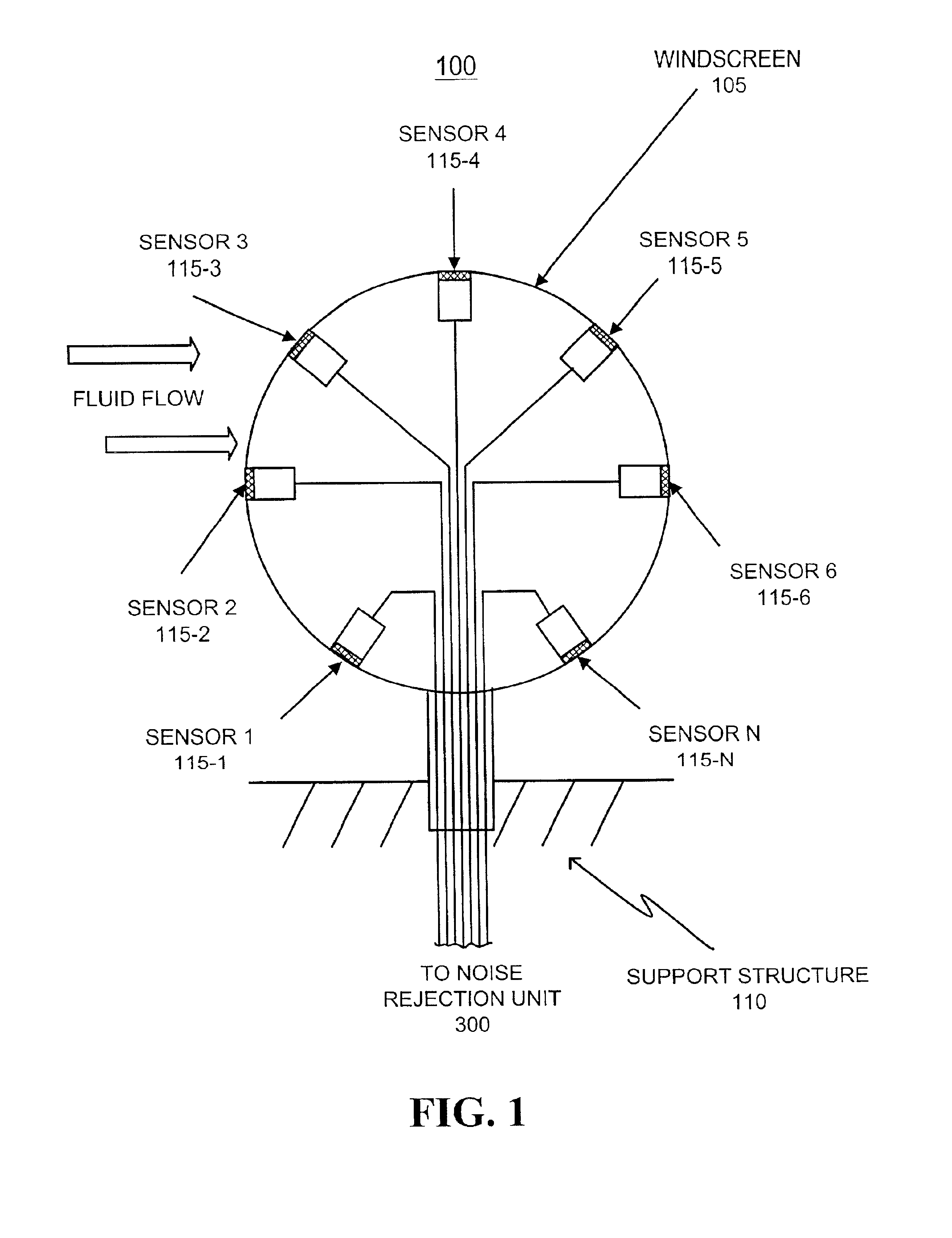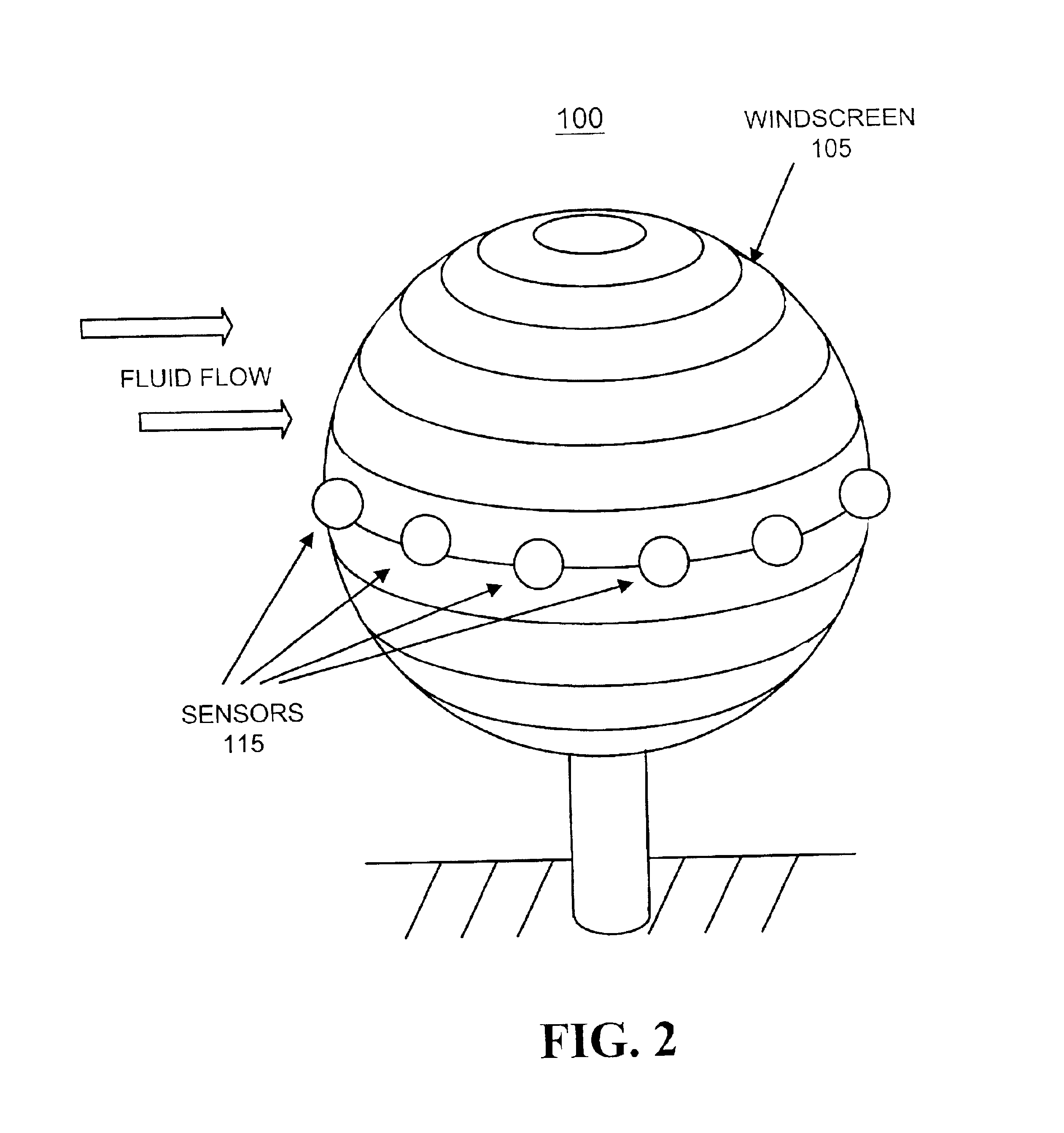Systems and methods for adaptive wind noise rejection
a technology of adaptive wind noise and wind noise, applied in the field of systems and methods for rejecting wind noise, can solve the problems of insufficient magnitude to significantly influence system performance, limited system performance, and uncorrelated sources of microphones, so as to improve the measurement and detection of desired acoustic signals, maximize wind noise rejection, and high wind noise
- Summary
- Abstract
- Description
- Claims
- Application Information
AI Technical Summary
Benefits of technology
Problems solved by technology
Method used
Image
Examples
Embodiment Construction
The following detailed description of the invention refers to the accompanying drawings. The same reference numbers in different drawings may identify the same or similar elements. Also, the following detailed description does not limit the invention. Instead, the scope of the invention is defined by the appended claims.
Systems and methods, consistent with the present invention, provide mechanisms that adaptively reject noise in multiple signals received from a multi-sensor device. A processor of the present invention assigns a weight parameter to each signal of the multiple signals. Each assigned weight parameter may correspond to a noise level of the associated sensor signal. Output circuitry may derive a noise rejected output signal based on a function of the assigned weight parameters and the received signals. In some embodiments, for example, the output circuitry may include multiplier elements and a summer. In this case, the noise rejected output signal may include a summation...
PUM
 Login to View More
Login to View More Abstract
Description
Claims
Application Information
 Login to View More
Login to View More - R&D
- Intellectual Property
- Life Sciences
- Materials
- Tech Scout
- Unparalleled Data Quality
- Higher Quality Content
- 60% Fewer Hallucinations
Browse by: Latest US Patents, China's latest patents, Technical Efficacy Thesaurus, Application Domain, Technology Topic, Popular Technical Reports.
© 2025 PatSnap. All rights reserved.Legal|Privacy policy|Modern Slavery Act Transparency Statement|Sitemap|About US| Contact US: help@patsnap.com



